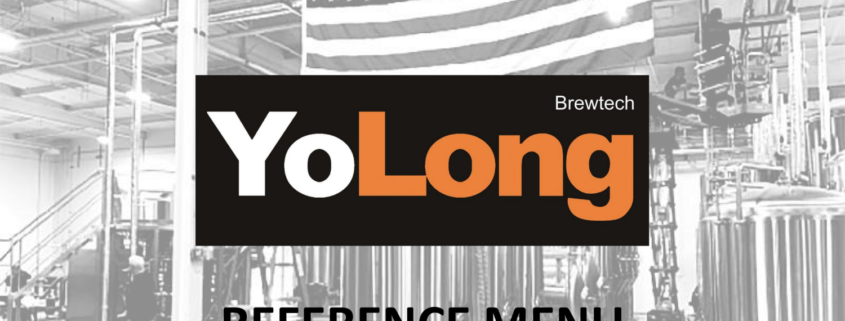Best Beer Brewing Vessels for Home Brewers
What Are Beer Brewing Vessels?
Beer brewing vessels are the backbone of every brewery, from the tiniest home setups to massive commercial giants. But what exactly are these vessels? Simply put, beer brewing vessels are the specialized containers used throughout the brewing process to convert raw ingredients like malt, hops, yeast, and water into delicious beer. Think of them as the workhorses of brewing. Just like you wouldn’t bake a cake in a frying pan, you can’t brew beer without the right vessels.
Brewing is a step-by-step journey, and each step demands a different vessel. From mashing the grains to fermenting the sweet wort, every stage has its hero container. The right brewing vessels don’t just hold the liquid; they influence the taste, consistency, and even the quality of the final product. Imagine them as the stages of a grand theatre production, where each vessel plays a starring role.
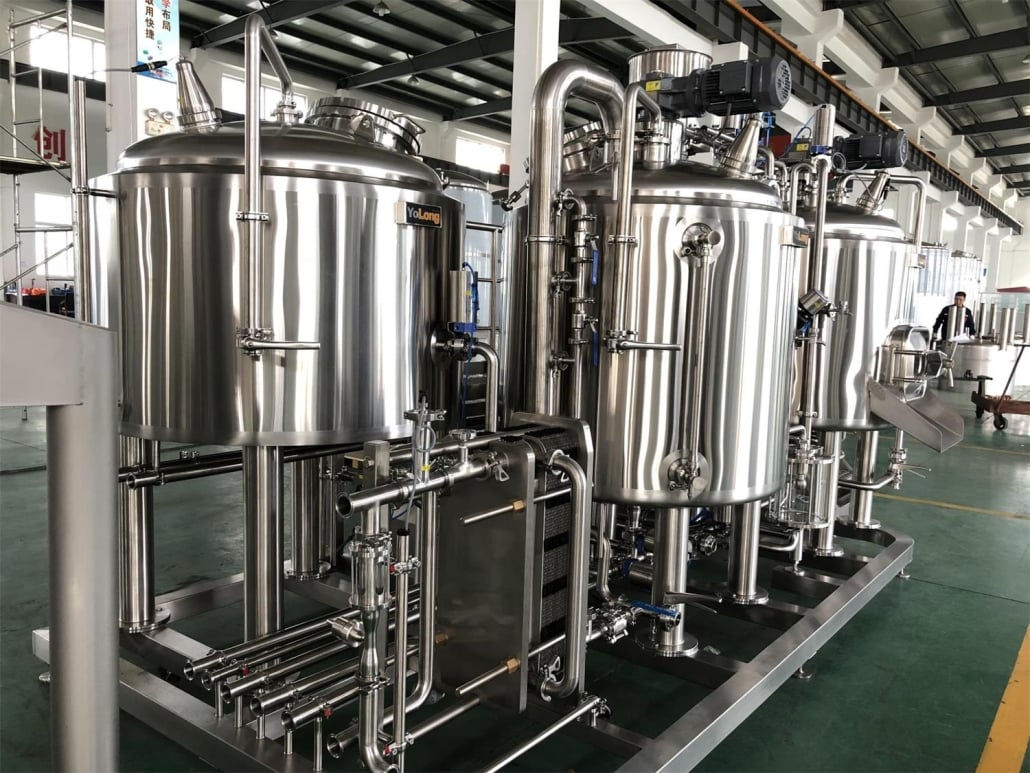
Types of Beer Brewing Vessels
Let’s dive into the world of beer brewing vessels and explore each type in detail. These vessels aren’t interchangeable—each serves a unique purpose and has its own quirks.
Mash Tun
The mash tun is where the magic starts. Here, crushed malted barley is mixed with hot water to convert starches into fermentable sugars. Compared to other vessels, the mash tun is all about precise temperature control. It needs to maintain specific heat levels to activate enzymes that create those essential sugars. Some mash tuns have false bottoms or filters to separate the liquid wort from the grain, making the process smoother.
Lauter Tun
Next up is the lauter tun, which is sometimes combined with the mash tun in smaller systems. Its job? To separate the sweet wort from the grain husks. Unlike the mash tun, the lauter tun focuses on clarity and efficiency. A poorly designed lauter tun can slow things down or lead to cloudy wort, which you definitely don’t want if you’re aiming for crisp, clean beer.
Brew Kettle (Boil Kettle)
After lautering, it’s time for the brew kettle, where the wort is boiled and hops are added. The brew kettle must handle high temperatures and rapid boiling. It’s often fitted with steam jackets or direct heating systems. Compared to other vessels, the brew kettle is the powerhouse that shapes bitterness, aroma, and microbial stability.
Whirlpool
A whirlpool vessel is used to separate hop particles and protein trub from the wort after boiling. Unlike other vessels, this one relies on centrifugal forces to collect solids into a cone-shaped pile. This step is essential for clear beer and smooth flavors.
Fermentation Vessel
Here comes the most exciting part: fermentation. In the fermentation vessel, yeast gets busy turning sugars into alcohol and carbon dioxide. These vessels must be airtight to control oxygen exposure. They often come in cylindrical or conical shapes, with conical fermenters being favored because they allow easy removal of yeast and trub. When comparing flat-bottom versus conical fermenters, the conical option is almost always better for ease of use and quality.
Bright Beer Tank
After fermentation, the beer moves to the bright beer tank for maturation and carbonation. This vessel helps achieve the final clarity and carbonation level. Unlike fermentation vessels, bright tanks are pressurizable, meaning they can hold carbon dioxide at higher levels. This is where the beer gets polished before hitting bottles, cans, or taps.
Comparison of Beer Brewing Vessels by Function and Features
| Brewing Vessel | Primary Function | Key Features | Advantages | Disadvantages |
|---|---|---|---|---|
| Mash Tun | Converts starches to sugars | Temperature control, false bottom | Essential for sugar production, efficient heat retention | Requires precise temperature control |
| Lauter Tun | Separates wort from grain | Filtration plates, sparging arms | Improves clarity, increases yield | Can clog if poorly managed |
| Brew Kettle | Boils wort, adds hops | Steam jackets, whirlpool arms | Shapes bitterness and aroma | Requires strong heating source |
| Whirlpool | Clarifies wort post-boil | Centrifugal action | Enhances clarity, reduces trub | Needs careful speed control |
| Fermentation Vessel | Converts sugars to alcohol | Conical shape, airlock, cooling jackets | Easier yeast removal, controlled fermentation | Risk of contamination if not sealed properly |
| Bright Beer Tank | Carbonates and clarifies beer | Pressurizable, temperature-controlled | Produces clear, carbonated beer ready for packaging | Requires extra space and investment |
Materials of Brewing Vessels
When choosing brewing vessels, the material matters as much as the design. Different materials offer different benefits, and some are better suited to specific types of brewing.
Stainless Steel Brewing Vessels
Stainless steel is like the gold standard in brewing. It’s durable, easy to clean, resistant to corrosion, and doesn’t react with beer. Stainless steel brewing vessels can last for decades if well-maintained. Plus, they look sleek and professional. Compared to plastic or copper, stainless steel is heavier and more expensive, but it’s unbeatable in hygiene and longevity.
Copper Brewing Vessels
Copper has an old-world charm and excellent heat conductivity. Some traditional breweries still use copper kettles, especially in Europe. However, copper requires more maintenance, and it can react with certain beer components if not properly maintained. While beautiful, it’s often considered less practical in modern brewing.
Plastic Brewing Vessels
Plastic is the budget-friendly option, popular in homebrewing. It’s lightweight, easy to handle, and cheaper than stainless steel or copper. But here’s the catch: plastic can scratch easily, and those scratches can harbor bacteria. It also has a shorter lifespan and isn’t suitable for high-temperature stages like boiling.
| Material | Durability | Heat Conductivity | Cost | Ease of Cleaning | Ideal For |
|---|---|---|---|---|---|
| Stainless Steel | Extremely durable | Moderate | High | Very easy | Commercial brewing, advanced homebrewing |
| Copper | Durable but requires maintenance | Excellent | Very high | Requires careful cleaning | Traditional brewing, specialty beers |
| Plastic | Less durable | Poor | Low | Can be difficult if scratched | Entry-level homebrewing |
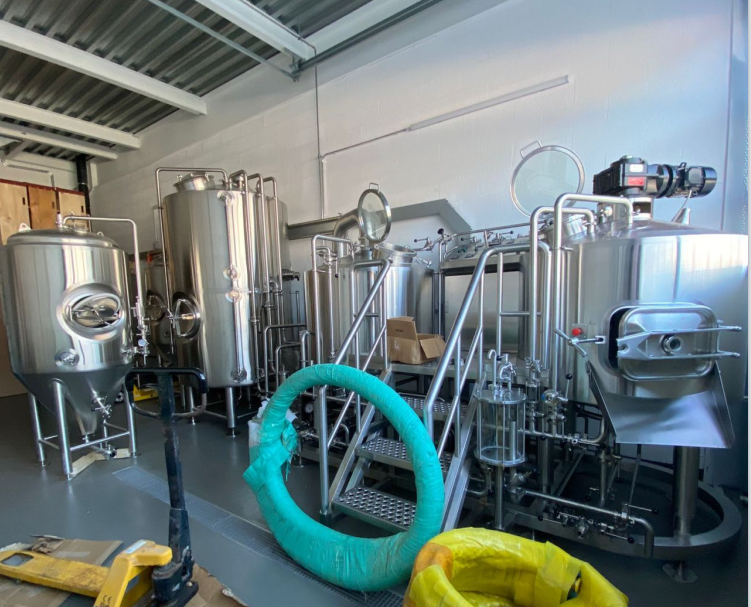
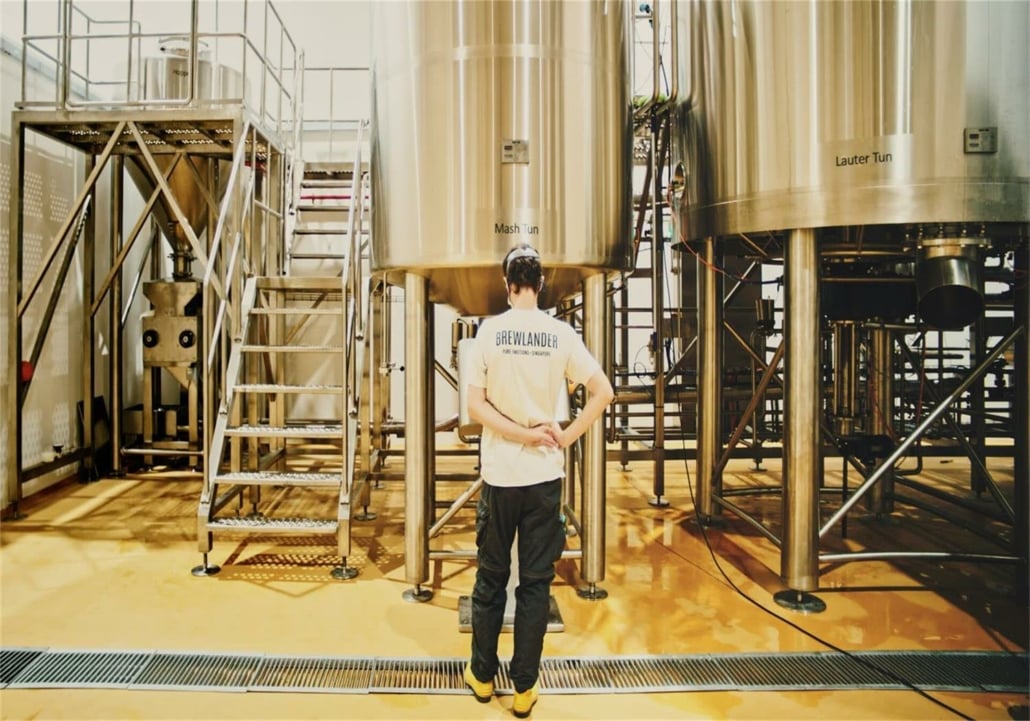
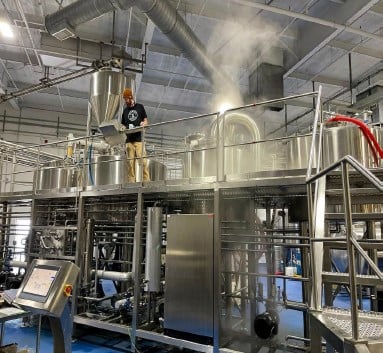
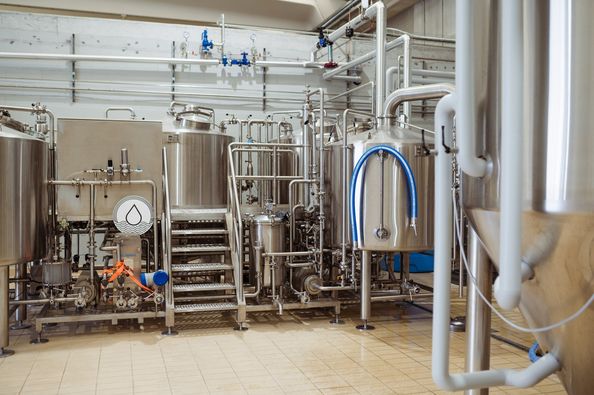
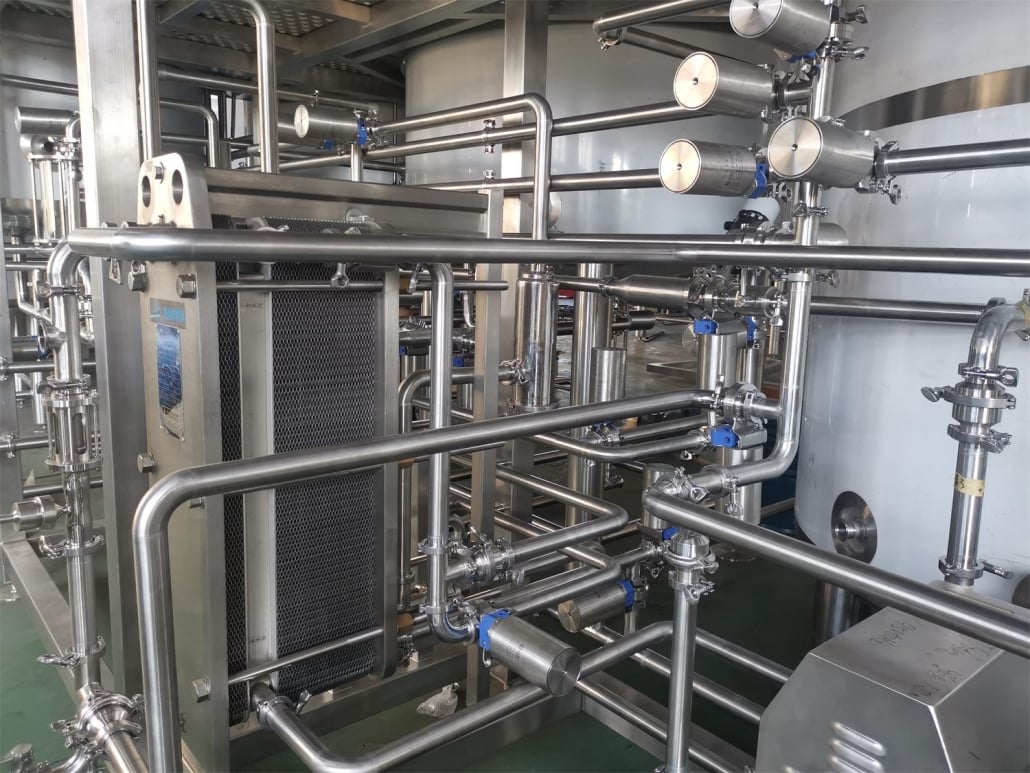
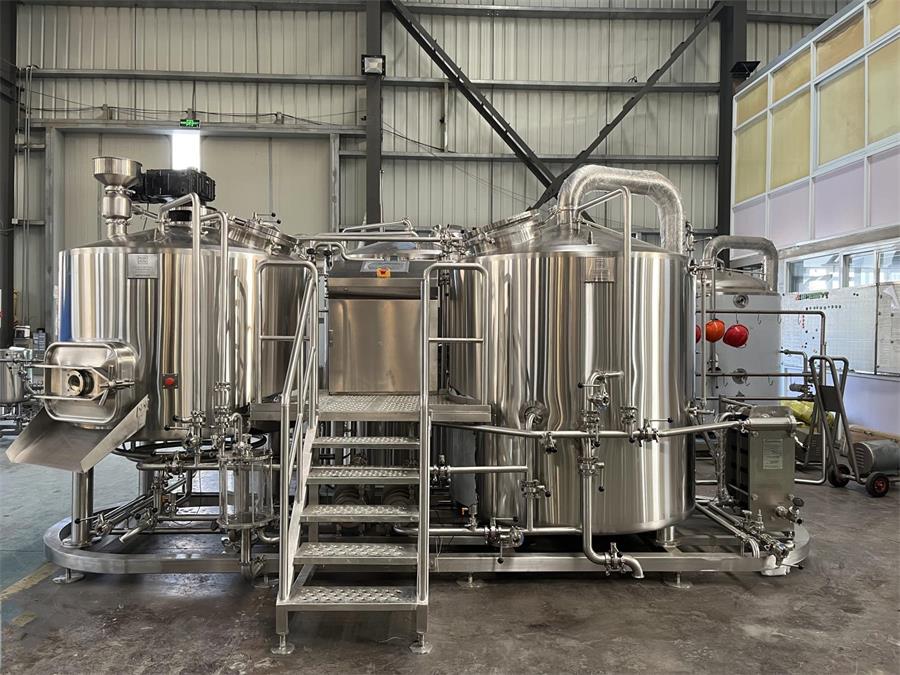
Choosing the Right Brewing Vessel
So, how do you pick the perfect brewing vessel? It’s like choosing between a mountain bike, a road bike, or a cruiser—each serves a purpose, and the best fit depends on your brewing goals, budget, and scale.
If you’re brewing at home for fun, plastic fermenters and small stainless steel kettles might be all you need. But if you’re aiming to start a microbrewery, investing in high-quality stainless steel vessels with advanced features like conical fermenters and jacketed tanks is the smarter move. Sure, they’re more expensive, but they offer better control, durability, and scalability.
Space is another factor. Some brewing systems are compact and stackable, perfect for small garages or kitchens. Others need large, ventilated brewing spaces. And don’t forget ease of use. Homebrewers often prefer vessels with spigots, markings, and wide openings, while commercial brewers may prioritize automation and CIP (clean-in-place) systems.
Maintenance and Cleaning Tips for Brewing Vessels
Brewing vessels demand a little TLC (tender loving care) to keep them in top shape. You wouldn’t want to drink beer brewed in a dirty pot, right? Cleanliness in brewing is absolutely non-negotiable.
Always rinse brewing vessels immediately after use to prevent sticky residues from hardening. Use non-abrasive scrubbers to avoid damaging the surfaces. For stainless steel, a mild alkaline cleaner is perfect, followed by a hot water rinse. Avoid chlorine-based cleaners as they can cause pitting.
For plastic vessels, be extra gentle. Scratches can harbor bacteria that spoil future batches. Sanitize thoroughly with no-rinse sanitizers. Copper vessels need to be polished regularly to prevent tarnish and potential chemical reactions.
Routine inspections are a brewer’s best friend. Check seals, valves, and fittings for wear and replace them promptly. Remember, a contaminated batch isn’t just disappointing—it can be costly.
Trends and Innovations in Beer Brewing Vessels
The brewing world never stands still. Over the past few years, we’ve seen incredible innovations transforming beer brewing vessels.
One big trend is automation. Smart brewing vessels now come with sensors that track temperature, pressure, and fermentation progress in real-time. This takes out a lot of the guesswork and lets brewers achieve consistent, repeatable results.
Another exciting innovation? Modular brewing systems. These setups allow brewers to easily upgrade or expand their equipment as their production grows. It’s like building with LEGO bricks, but for beer.
Material science is also evolving. Hybrid vessels that combine stainless steel with glass panels or plastic windows offer the best of both worlds: strength, visibility, and lighter weight.
Sustainability is taking center stage. Eco-conscious brewers are investing in energy-efficient vessels, water-saving cleaning systems, and recyclable materials to reduce their carbon footprint.

FAQ
| Question | Answer |
|---|---|
| What are beer brewing vessels? | Specialized containers used at different stages of brewing to convert raw ingredients into beer. |
| Which brewing vessel is most important? | Each vessel plays a crucial role, but fermentation vessels often have the biggest impact on flavor and quality. |
| Are stainless steel brewing vessels worth the cost? | Yes, they are durable, easy to clean, and offer excellent control over the brewing process, making them a smart long-term investment. |
| Can I use plastic brewing vessels for all stages? | Plastic is okay for fermentation in small homebrew setups, but it’s not suitable for boiling due to heat limitations. |
| How often should I clean brewing vessels? | Clean immediately after each use and perform deep sanitization before every new batch to avoid contamination. |
| What’s the difference between a fermentation vessel and a bright beer tank? | Fermentation vessels convert sugars to alcohol, while bright beer tanks clarify and carbonate the beer before packaging. |
| Are copper brewing vessels still used today? | Yes, but mainly in traditional or specialty breweries. They require more maintenance compared to stainless steel. |
| What’s the latest trend in brewing vessels? | Smart sensors, modular systems, and eco-friendly designs are becoming increasingly popular. |

